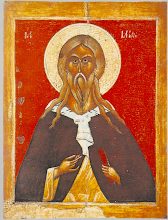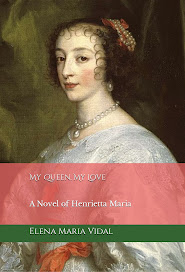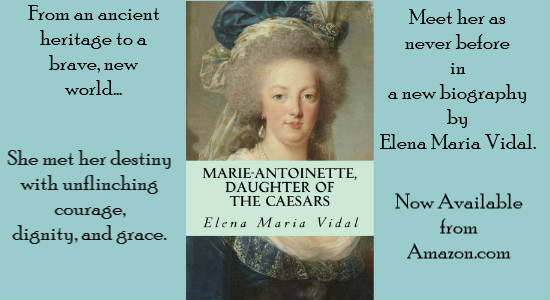Hundreds of years ago, monastic communities thrived on one hearty, main meal a day centered on high protein rustic bread. Vegetables, legumes, and fruits and smaller portions of dairy and eggs rounded out the main meal. Perhaps a little animal protein was cooked with other ingredients to stretch farther. Renowned for their soups, frugal monastic cooks made stock from boiled beef or chicken bones and scrap cuts; vegetables, legumes, and herbs grown in the kitchen garden completed a hearty stew. And of course, steaming bowls of goodness were served with generous slices of bread.
On feast days, generous portions of meat, chicken or fish were added to the menu. Maybe a festive dessert. Naturally, monasteries produced as much of their own food as possible, eating locally and seasonally as most experts recommend today. In a monastery, fresh meant going out into the garden, the barn or chicken coup, not to mention the orchard. Or an abundance of something produced within the monastery was traded for someone else’s surplus.
How does this diet differ from the Mediterranean Diet? It doesn’t because it includes a diet rich in vegetables, fruits, nuts, whole grains, diary, eggs, olive oil and fish with low consumption of meat, chicken, and other meat products. But the Cistercian Diet emphasis is on whole grains ground and baked at home which saves a lot of money and dramatically boosts nutrition. The Cistercian Diet also encourages as much food production at home as possible (vegetable gardens are stylish now as well!), something that was part of the traditional Mediterranean lifestyle. Additionally, there is a change of perspective, from passive, individualistic restaurant-menu driven consumption to a communal effort to grow and produce for the common good. And it never hurts to add some prayer to the mix.
Not surprisingly, Spanish researchers just released the results of their study of 11,000 people, and found that those who followed the Mediterranean Diet had a 30% reduction in the risk of depression than those whose diet had few of the crucial Mediterranean foodstuffs.
The Cistercian diet dovetails perfectly with the latest science-based diet weapon: high satiety foods that make you feel full longer, ignoring calories and focusing on the energy density and volumetrics of certain foods. Whole grains, soups, fruit and vegetables, all have a high satiety index.
Rudy was Right!
21 hours ago




















1 comment:
....And I might add, no refined sugar, probably honey was the sweetner of choice because cane sugar as we know it was yet to be available. The American diet is about the worst in the world. I witnessed it's origins as a child visiting my grandparents farm. Full fat milk, butter, lard, pork in various forms, food fried in lard, biscuits (made with lard). Even the vegetables were cooked in animal fat of the worst kind, i.e. large chunks of pig fat. The closest anyone came to eating fruit was in pies heavely sugared with pie crust made with lard. Vegetable oil, and olive oil in particular, was unheard of.
Post a Comment